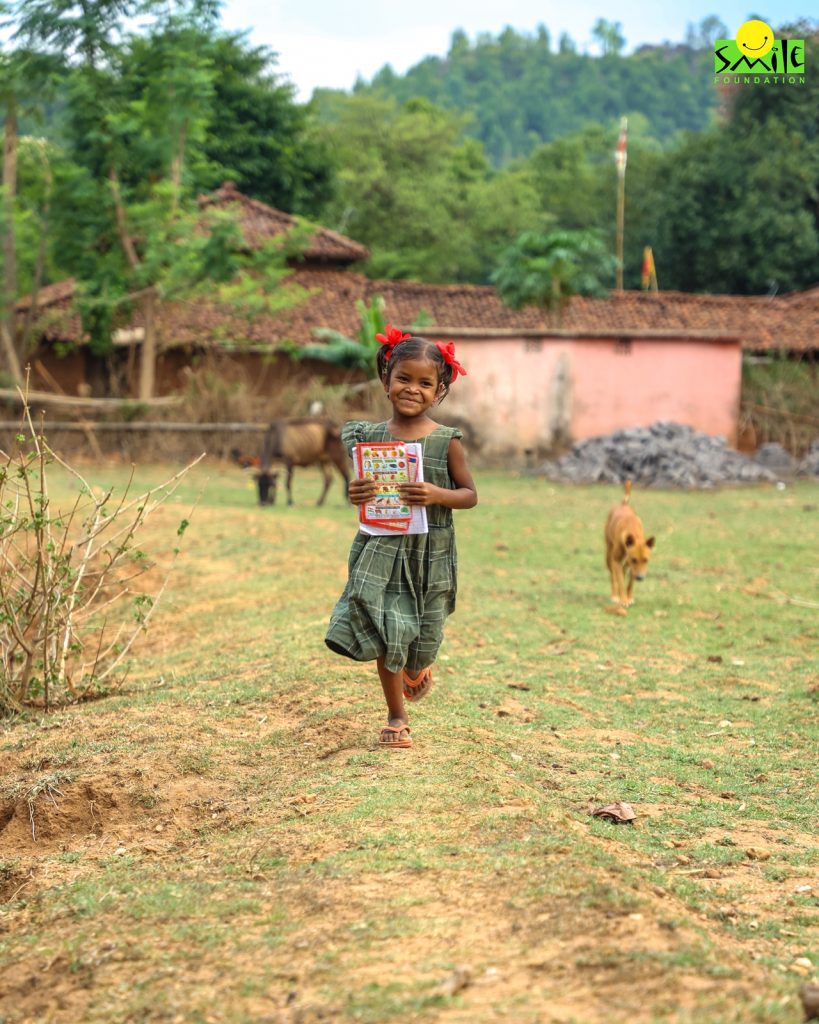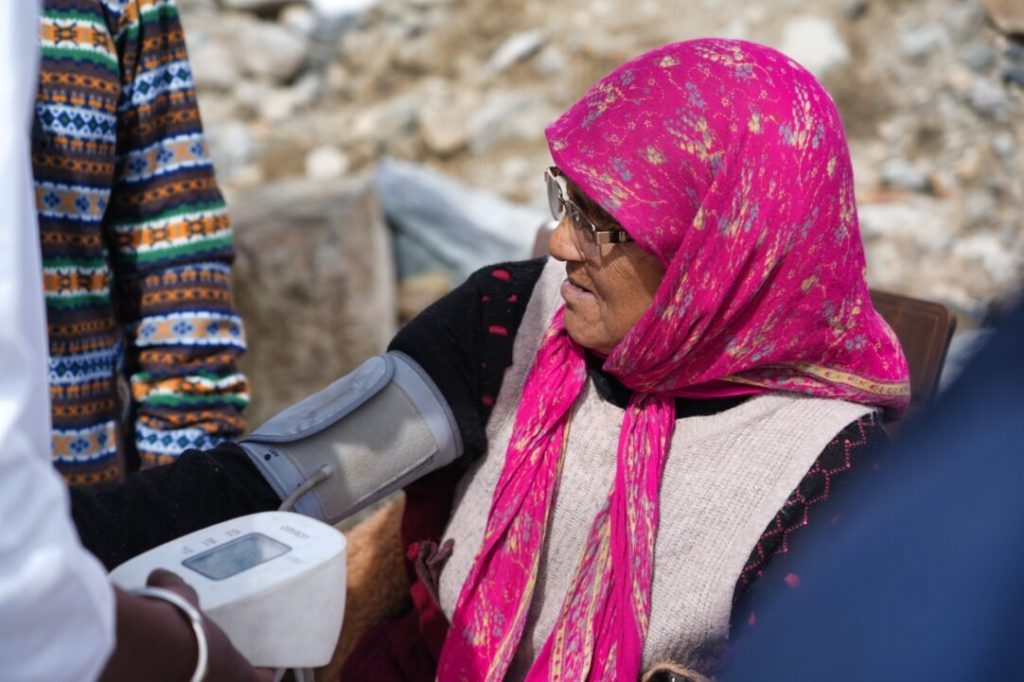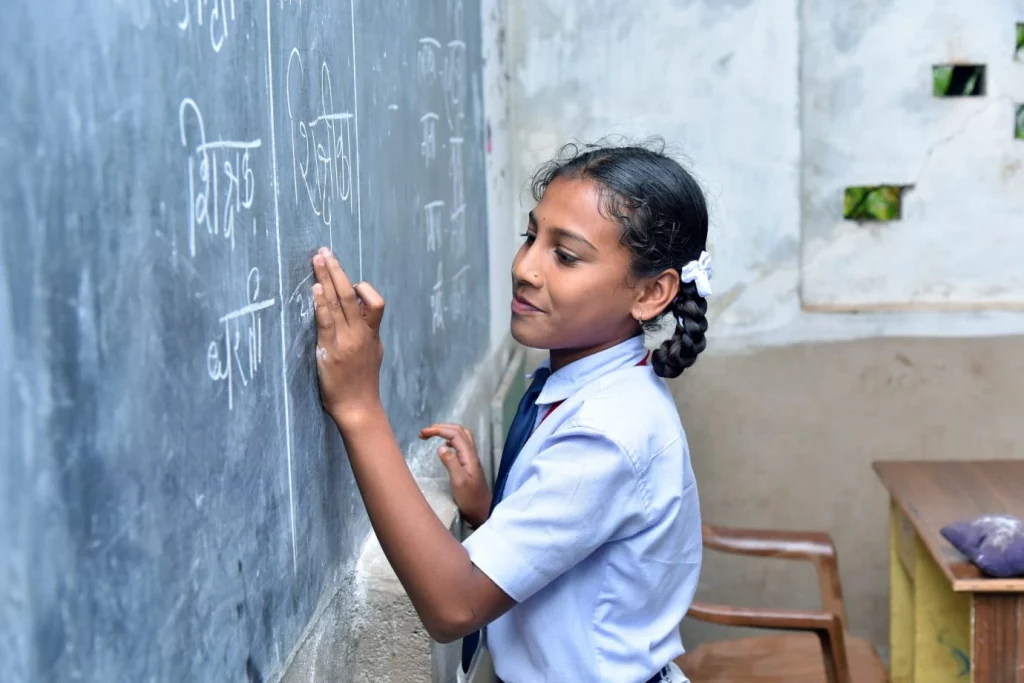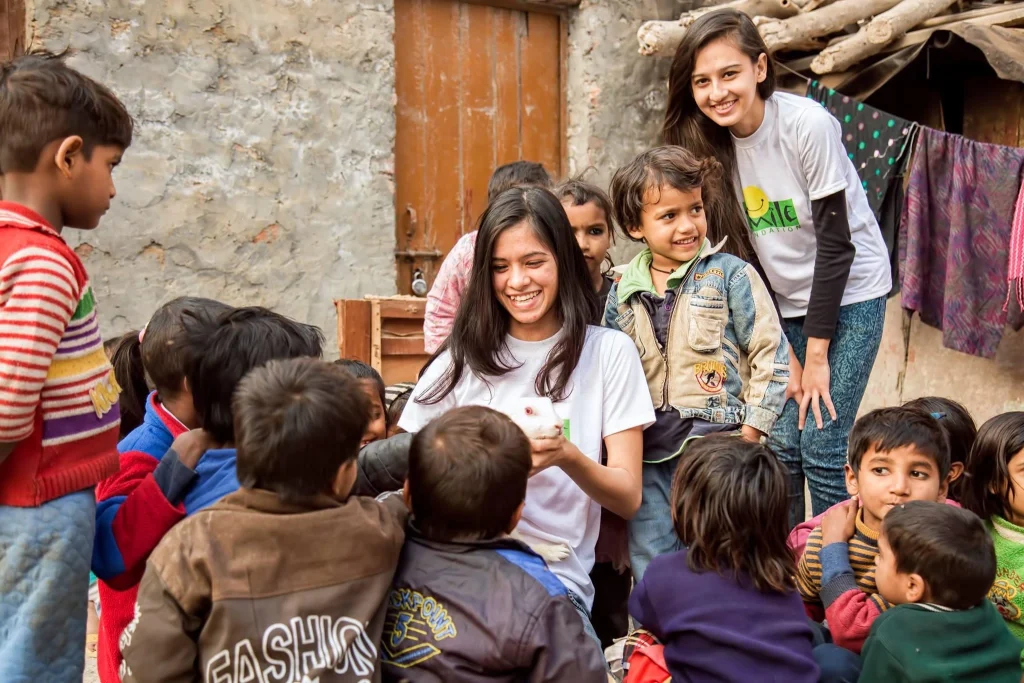Violence against women remains one of the most persistent violations of human rights globally. While laws, campaigns, and justice mechanisms play a role, the deeper and more enduring antidote lies in empowerment. Women’s empowerment is not simply a social good; it is a structural and economic necessity for building equitable, peaceful societies. Empowered women are more likely to assert their rights, challenge harmful social norms, and demand accountability when institutions fail them.
In India, where gender-based violence (GBV) intersects with structural inequality, poverty, and patriarchal norms, women’s empowerment plays a pivotal role in both preventing violence and enabling survivors to reclaim agency.
Understanding gender-based violence in India
Gender-based violence is not confined to physical abuse. It encompasses a wide range of harms, including institutional violence (by state and legal systems), emotional and psychological abuse, sexual exploitation, and discrimination within households and communities. While GBV can affect all genders, women and girls are disproportionately affected due to entrenched gender hierarchies.
According to the National Crime Records Bureau (NCRB), reported crimes against women in India rose by 12.9% between 2018 and 2022, from 58.8 to 66.4 incidents per 100,000 women. Although this may partly reflect improved reporting, it underscores the urgent need to address GBV through comprehensive, preventative approaches.
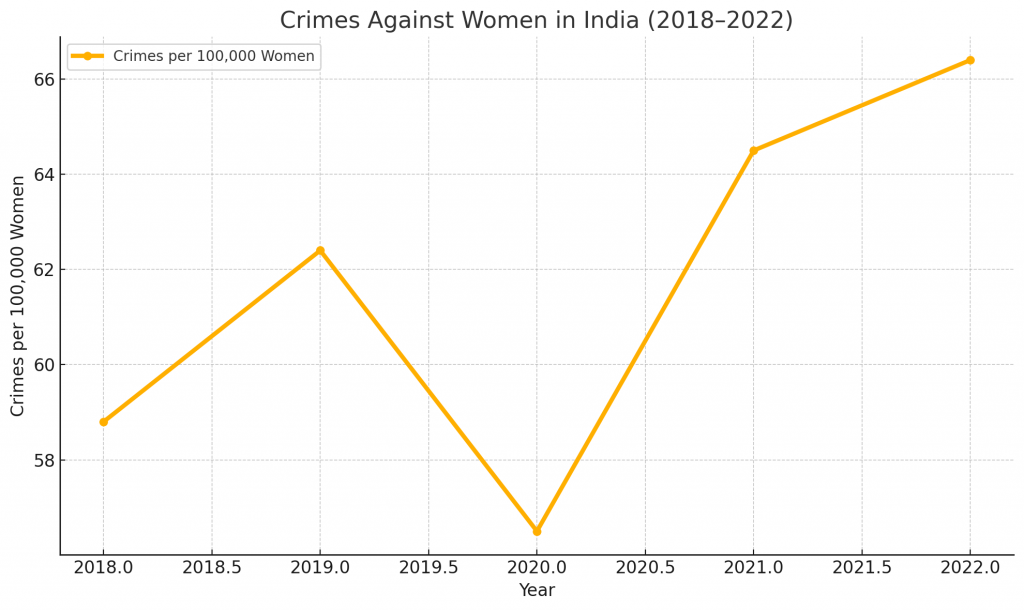
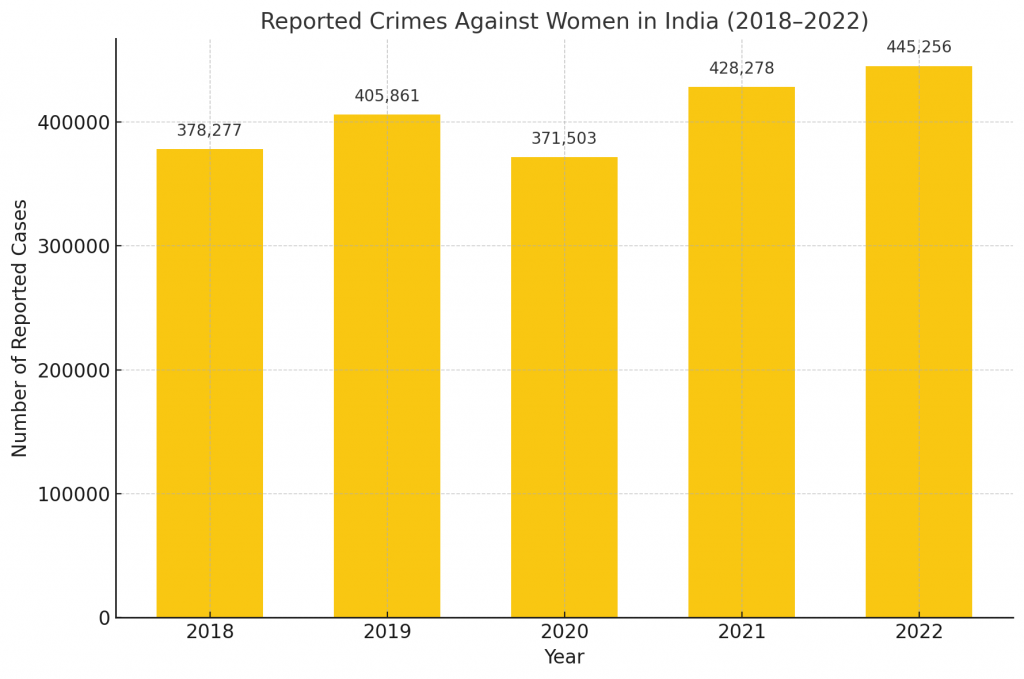
Globally, UN Women estimates that one in three women has experienced physical or sexual violence, typically by intimate partners. These rates increase significantly in crisis contexts such as displacement, conflict, or pandemics, where legal protections weaken and vulnerability rises.
Education: The first step toward prevention
Education is a foundational intervention in reducing GBV. When girls remain in school longer, the incidence of child marriage, early pregnancy, and domestic violence decreases. Education fosters critical thinking, confidence, and access to information—tools that are essential for understanding and asserting rights.
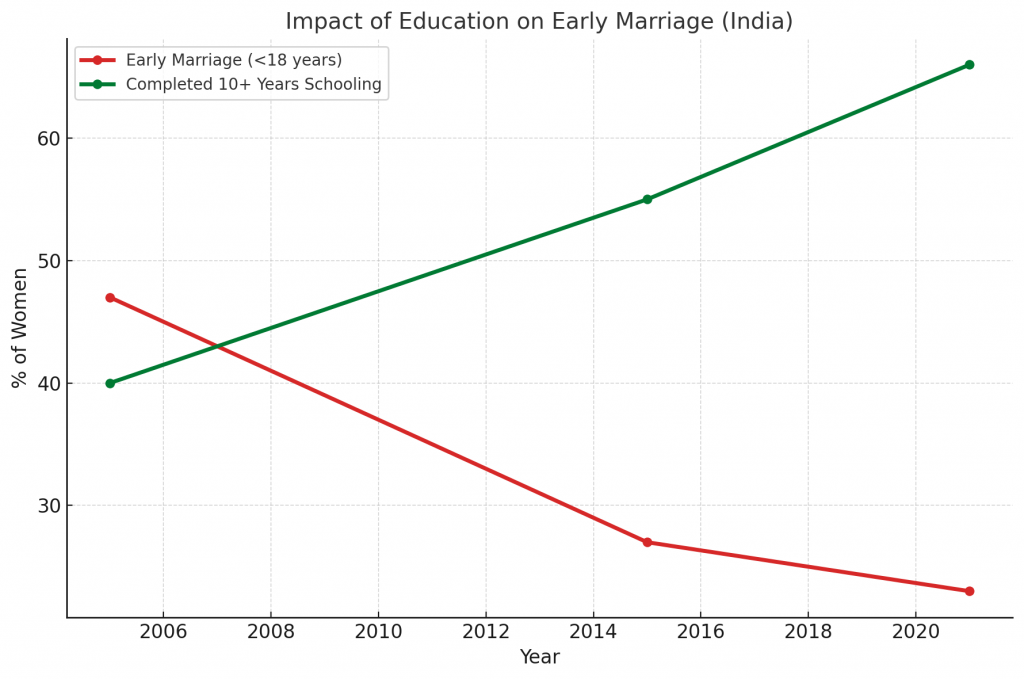
Educated women are more likely to delay marriage, negotiate safer relationships, and resist societal pressure that normalizes violence. Moreover, education increases employment opportunities and financial independence, key factors in reducing vulnerability to abusive relationships.
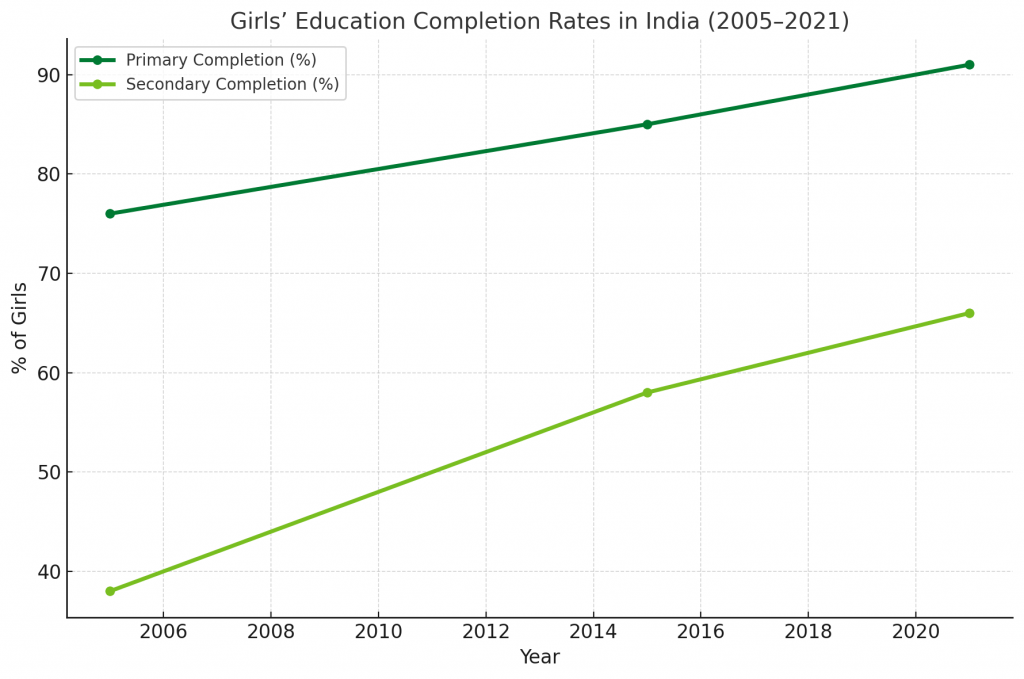
Economic empowerment: From dependence to autonomy
Economic dependence is a significant barrier to leaving abusive relationships. When women have access to work, credit, financial literacy, and entrepreneurship, they gain the capacity to make independent decisions about their lives and well-being. Financial inclusion empowers women to leave violent situations and seek legal or psychosocial support when needed.
The evolution of financial access in India is notable. The 2011 Census revealed only 58.7% of households had access to banking services. By 2016, this had risen to 99%, according to ICE 360°. Targeting women for financial inclusion has cascading effects—studies show that women invest a larger share of their income in education, nutrition, and healthcare, amplifying household well-being.
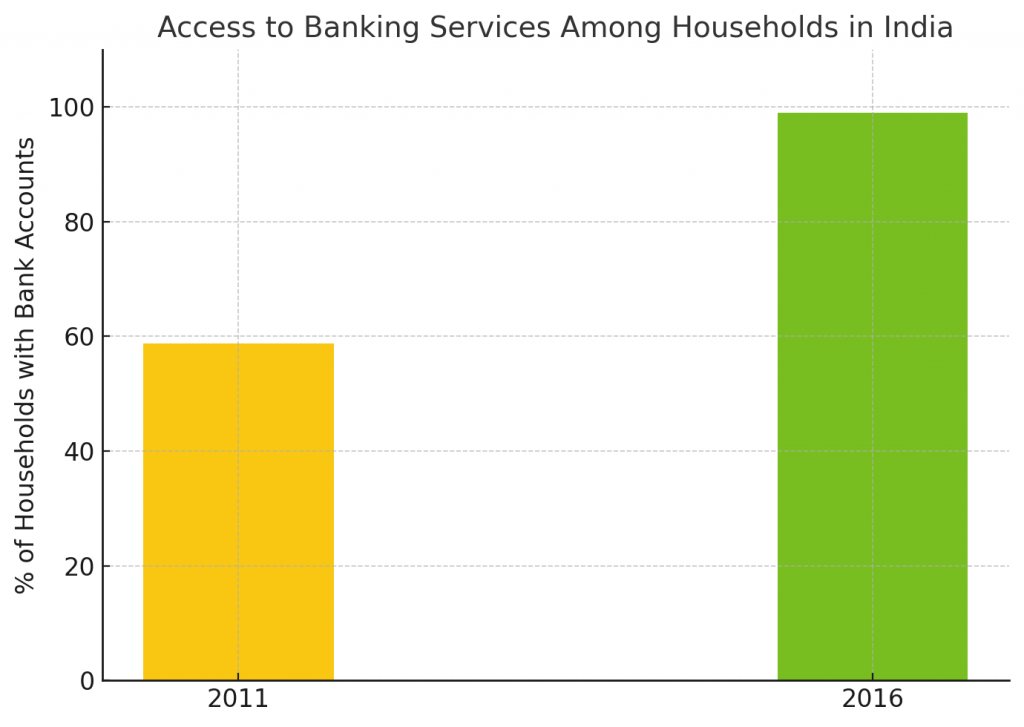
Cash transfers have also been shown to reduce GBV by easing financial strain and enabling women to make autonomous decisions. When embedded in social protection frameworks, direct benefits can shift power dynamics within households and increase women’s mobility and access to support services.
Addressing social norms: Transforming relationships and power
Empowerment requires challenging and transforming harmful social norms that legitimise violence. Feminist frameworks advocate for rebalancing power within families and communities, promoting shared decision-making and consent-based relationships.
This shift begins with community-level education that targets boys and men as allies in gender equality. Since men are often the primary perpetrators of GBV, interventions must focus on redefining masculinity, challenging entitlement-based behaviours, and cultivating respect for women’s autonomy.
Creating safe spaces, such as women’s centres, helplines, or peer networks, offers survivors the confidentiality and support they need to report violence and recover from trauma. These spaces also serve as platforms for advocacy, legal assistance, and skill-building.
The role of women-led and community-based organisations in reducing gender-based violence
Local women’s organisations are among the most effective actors in reducing GBV. They are embedded within communities, deeply attuned to local contexts, and trusted by the populations they serve. Their work ranges from operating shelters and helplines to leading campaigns and training programs.
Such organisations also play a crucial role in responding to the intersectionality of violence—where gender, caste, class, religion, and disability combine to create multiple layers of marginalisation. For example, dalit women often face both caste-based and gendered violence, requiring interventions that address both hierarchies.
Supporting these organisations with funding, capacity-building, and institutional recognition ensures that GBV prevention efforts are not top-down but inclusive, participatory, and sustainable.
Case in point: Smile Foundation’s integrated approach
Smile Foundation exemplifies how integrated, community-based approaches to women’s empowerment can reduce gender-based violence. Since 2005, its Swabhiman programme has worked to equip women with healthcare access, educational support, and leadership opportunities.
Swabhiman operates on a 4S model:
- Seeking healthcare as a behaviour
- Support through education
- Support from men and male allies
- Sustaining change through community engagement
To date, the initiative has reached over 150,000 women and girls, with more than 1,000 trained as community change agents advocating for rights, equity, and dignity.
In addition, through Project Manzil, Smile Foundation has enhanced vocational education for girls in Grades 9–12 across six districts in Rajasthan by installing smart TVs and delivering audio-visual training. Over 13,000 girls have benefitted from this digital learning initiative, while more than 14,000 girls have received employability training and 5,000 have accessed on-the-job placements.
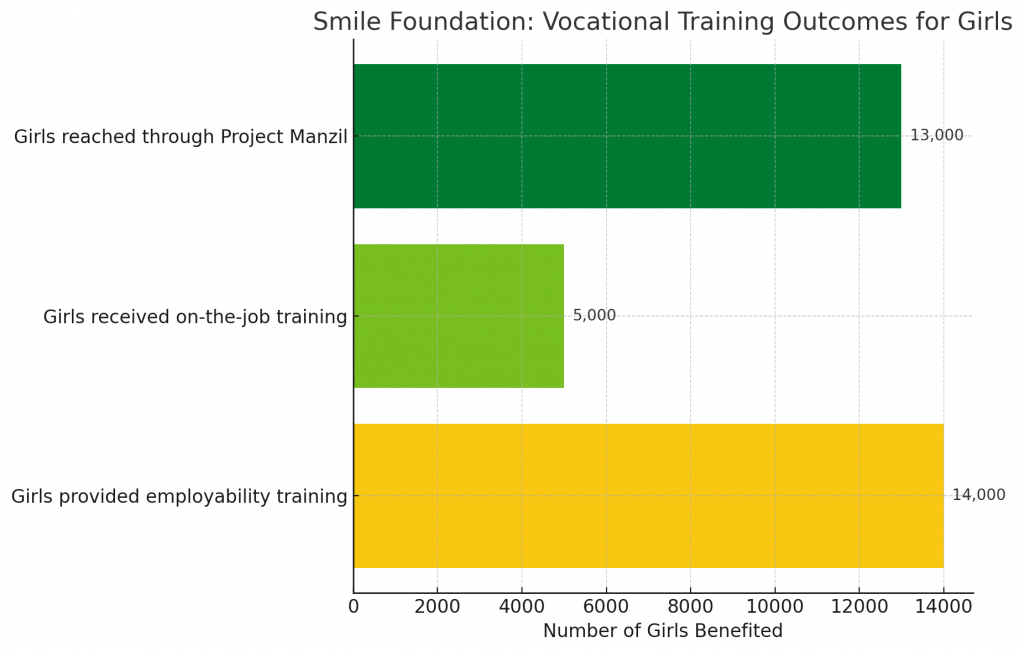
These initiatives foster confidence, resilience, and social mobility, enabling young women to challenge the status quo and advocate for safer, more equitable environments.
Addressing structural challenges
While empowerment-based approaches offer hope, several systemic barriers must be addressed:
1. Patriarchal Social Structures
Gender norms that prioritise male authority and control must be dismantled through sustained education, media engagement, and community mobilisation.
2. Underreporting and Legal Obstacles
Many women remain silent due to fear of retaliation, social stigma, or mistrust in the justice system. Strengthening survivor-centred reporting mechanisms and legal aid is essential.
3. Weak Implementation of Laws
Despite progressive legal frameworks (e.g., the Protection of Women from Domestic Violence Act), poor enforcement, delays, and corruption hinder justice. Reforms must address not only laws but the ecosystem in which they are implemented.
4. Intersectionality and Inclusion
Policies must consider the layered discrimination faced by women from marginalised communities. One-size-fits-all interventions often fail those most in need.
Empowerment as prevention
Women’s empowerment is not merely a parallel goal to ending gender-based violence—it is the core strategy. Education, financial independence, safe spaces, legal access, and social capital collectively reduce women’s vulnerability and expand their capacity for self-determination.
NGOs demonstrate that empowerment must begin early, embed locally, and evolve with the needs of women. Policymakers, researchers, and civil society must recognise that eliminating GBV is about prevention, protection, and power redistribution.
As India and other nations chart pathways to gender equality, investments in women’s empowerment will determine whether progress is inclusive or superficial—whether freedom from violence becomes the norm or remains an elusive right.






